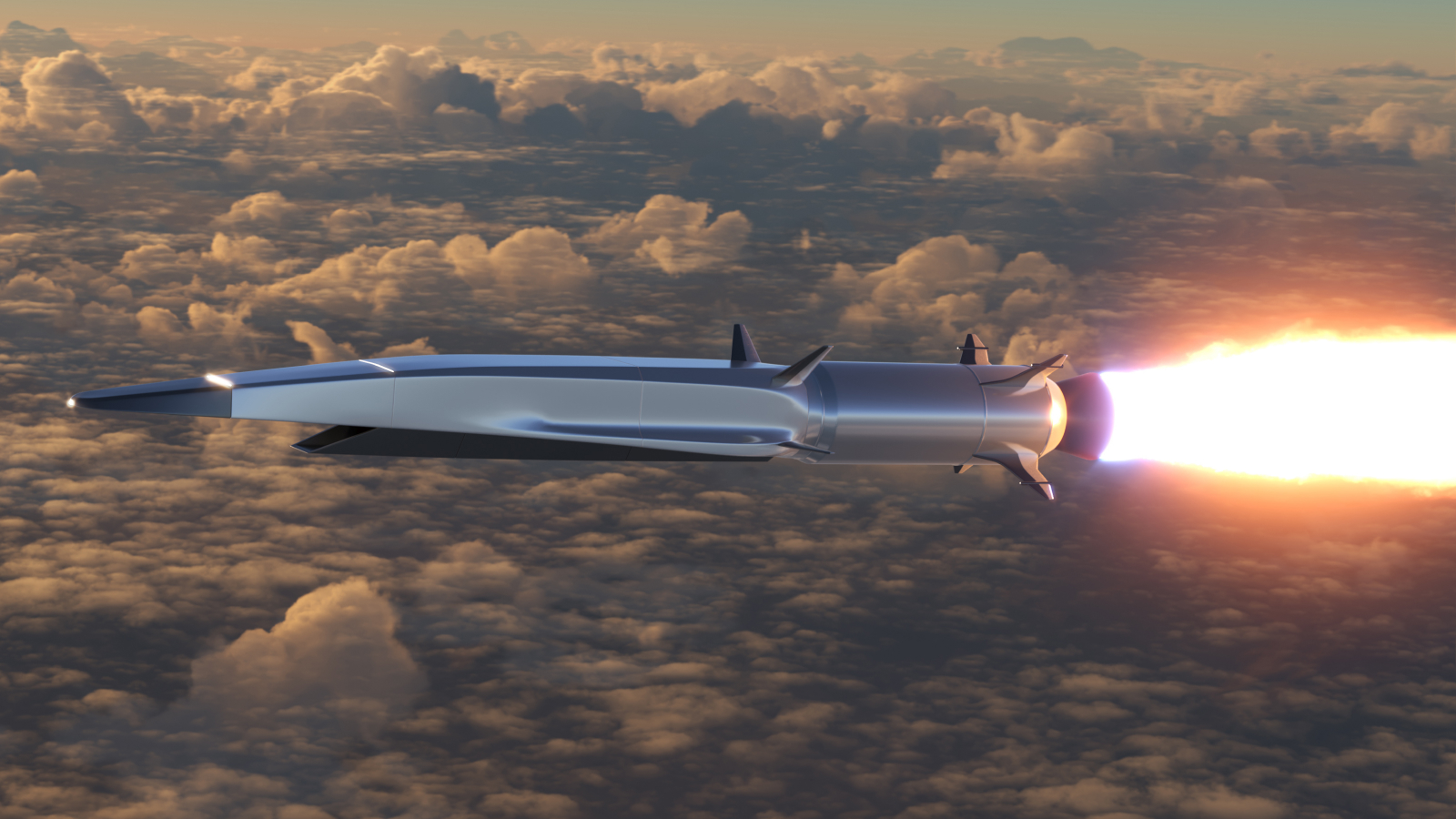
Venus Aerospace has completed the inaugural test flight of a drone fitted with its "rotating detonation rocket engine" (RDRE) — accelerating it to just under the speed of sound. The company wants to one day build superfast commercial jets using this new type of engine.
In the test flight, conducted Feb. 24, the company flew the drone, which is 8 feet (2.4 meters) long and weighs 300 pounds (136 kilograms) to an altitude of 12,000 ft (3658 m) by an Aero L-29 Delfín plane, before it was deployed and the RDRE was activated, company representatives said in a statement.
The drone flew 10 miles (16 km) at Mach 0.9 — over 680 miles per hour — using 80% of the RDRE’s available thrust. The successful flight proved the viability of RDRE and the associated onboard flight systems. Three weeks earlier, Venus Aerospace demonstrated the viability of its RDRE technology with a long-duration test burn — during which engineers showed their engine worked for the duration of this test flight.
Venus Aerospace’s supersonic flight test drone successfully completed its inaugural flight and we now have a wealth of data to anchor and tweak for our next flight. The test successfully demonstrated flight controls, stability, one leg of the ultimate Rotating Detonation Rocket…March 26, 2024
Rather than using a continuous burn like most rocket engines, RDRE operates by a detonation wave continuously rotating around an annulus, or ring-shaped, chamber. The fuel, hydrogen peroxide, is injected into the annulus and the repeated detonations become self-sustaining after the initial ignition. In the RDRE test flight, the annulus was approximately 12 inches (25.4 centimeters) in diameter and produced 1,200 pounds (544 kg) of thrust.
Related: Flying car designed to hop across the Philippines' 7,000 islands coming this year
The RDRE technology is 15% more efficient than conventional rocket engines, Venus Aerospace representatives said in a statement. As a result, an RDRE-propelled craft could theoretically travel farther on the same amount of fuel as conventional engines that combust fuel at constant pressure. Some have also theorized it could be as much as 25% more efficient than current technologies.
The successful test flight raises the odds of commercially viable supersonic flight. One of the long-term goals for Venus Aerospace is to develop a commercial supersonic aircraft that could travel at Mach 9 (over 6,800 mph) (11,000 km/h)
For comparison, the Concorde aircraft could fly at just over Mach 2 (just under 1,550 mph, or 2,500 km/h), while the forthcoming Lockheed SR-72 prototype is expected to fly at speeds greater than Mach 6 (approximately 4,600 mph, or 7,400 km/h). To put this into context, a vehicle flying at Mach 9 could travel from London to San Francisco in an hour.
Just as Concorde was noisy at take-off, the RDREs' constant detonations will make any craft fitted with them incredibly loud. And unlike conventional jet engines, which offer much smoother accelerations, the rapid, repeated cycles of acceleration from the continuous detonations may also cause increased stress and fatigue of the engines and associated support structures.
Because RDRE could have military applications, Venus Aerospace is also collaborating with the Defense Advanced Research Projects Agency (DARPA).
For now, Venus plans further test flights using drones One test flight engineers are considering involves fitting the current RDRE on a larger drone capable of achieving hypersonic flight — five times faster than the speed of sound (approximately 3,900 mph, or 6,200 km/h).







